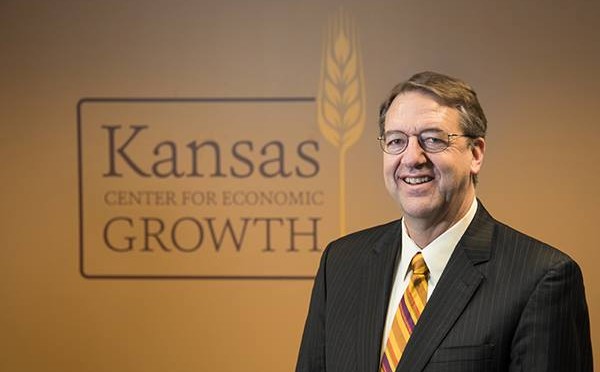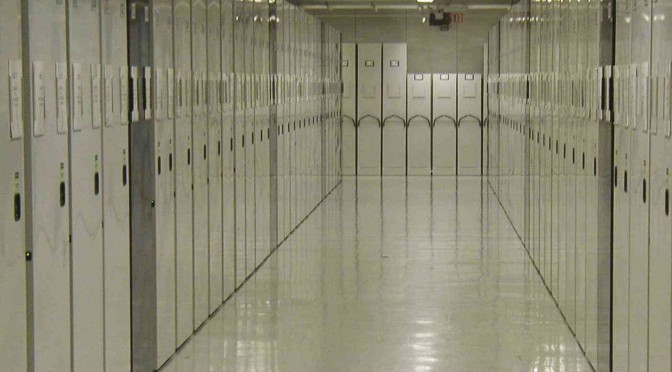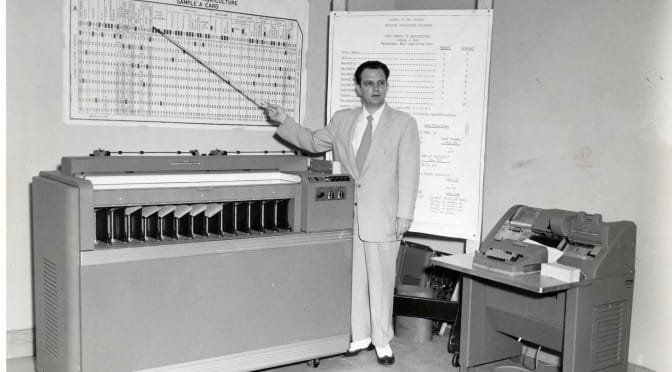Tag: Kansas Policy Institute
-

Mike O’Neal, President of Kansas Chamber of Commerce
Mike O’Neal, President of Kansas Chamber of Commerce, spoke at the Wichita Pachyderm Club on October 9, 2015. His topic was “The Kansas Budget and Taxes: The 2015 Legislative Session and Looking Ahead to the 2016 Legislative Session.” This is an audio presentation.
-

Kansas Center for Economic Growth and the truth
Why can’t Kansas public school spending advocates — especially a former Kansas state budget director — tell the truth about schools and spending, wonders Dave Trabert of Kansas Policy Institute.
-

Kansas schools shortchanged by accounting systems
Kansas schools could receive $21 million annually in federal funds if the state had adequate information systems in place.
-

Kansas schools ask to fund extraordinary needs
Asking taxpayer-funded entities whether they are operating efficiently is a perfectly legitimate question that, frankly, should be the starting point of every budget discussion. That some find it offensive is indication that the issue should be much more aggressively pursued across government, writes Dave Trabert of Kansas Policy Institute.
-

Kansas school funding growing faster than inflation
Kansas school funding has been growing much faster inflation and enrollment, but for some, it will never be enough, and they will continue to use taxpayer money to press their monetary demands, writes Dave Trabert of Kansas Policy Institute.
-

Federal rules serve as ‘worms’ buried in promises of ‘free money’
An often unappreciated mechanism throughout the Kansas budget severely limits the ability of legislators and governors to adapt to changing state priorities. A new paper from Kansas Policy Institute explains.
-
Public radio ignores facts, pushes rhetoric on Kansas school funding
A Kansas radio news reporter seems not to care about reporting facts about Kansas school spending.
-

Discussion of open government in Wichita and Kansas
Perspectives may differ, but the point is the same — more government transparency leads to more citizen engagement and better outcomes in communities, states, and nations.
-
Examining a Kansas school district election
In its campaign to convince voters to raise taxes, the Auburn-Washburn school district deceives voters. David Dorsey explains.
-

Examining Kansas City school district claims
A critical look at the statements coming from one of the largest school districts in Kansas leads to wonder if the Kansas City school superintendent is uninformed, misinformed, or simply lying.
-

Kansas Center for Economic Growth: Show us the math
Why won’t Kansas Center for Economic Growth show its calculations and explain its data sources? Dave Trabert of Kansas Policy Institute explains.
-
In Topeka, to raise taxes, scare the voters
The Topeka public school district is using scare tactics to persuade voters to raise taxes. David Dorsey of Kansas Policy Institute explains.